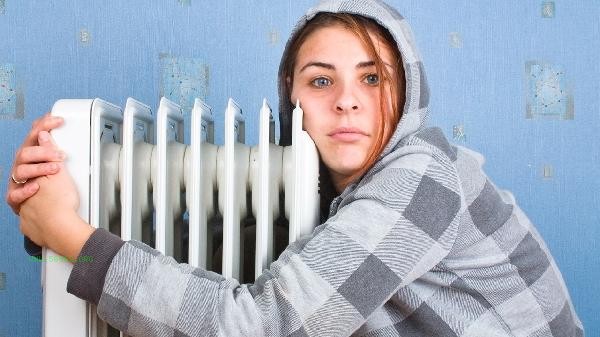The sadness of aging mainly manifests in physiological decline, weakened social roles, and increased psychological loneliness. The main manifestations include decreased physical function, chronic disease distress, increased economic pressure, changes in family relationships, and decreased social participation.

1. Decreased physical function
As age increases, the functions of various systems in the human body gradually decline. Skeletal muscle loss leads to delayed movement, and degenerative joint disease causes pain; Sensory dysfunction manifests as blurred vision and decreased hearing; Reduced metabolic capacity leads to decreased recovery ability. These changes directly affect the quality of life of the elderly, and simple daily activities may become difficult.
2. Chronic disease perplexity
Chronic diseases such as hypertension, diabetes and coronary heart disease occur frequently in the elderly and need long-term medication control. Neurodegenerative diseases such as Alzheimer's disease can lead to cognitive impairment, while Parkinson's disease affects motor coordination. The coexistence of multiple diseases is common, creating complex challenges in medication and management.
3. Increased economic pressure
After retirement, income sharply decreases, while medical expenses significantly increase. Some elderly people face the problem of insufficient pension and need to rely on their children for support. The high long-term care costs impose a heavy burden on families, and special medical equipment and aging friendly renovations require significant financial support.

4. Changes in family relationships
After children start their own families, their contact decreases and empty nest phenomenon is common. Differences in intergenerational attitudes can easily lead to family conflicts, and uneven distribution of caregiving responsibilities may result in disputes. The loneliness is particularly strong after widowhood, and remarriage faces social pressure and property distribution issues.
5. Decreased social participation
After retirement, losing professional identity weakens social presence. Physical limitations lead to reduced social activities, and friends passing away one after another, resulting in a shrinking social circle. The digital divide has caused a disconnect from modern society, and the difficulty of applying new technologies has further exacerbated the sense of isolation.

In the face of the challenges of old age, it is recommended to maintain a regular schedule and moderate exercise to delay functional decline, and to regularly monitor the development of chronic diseases through physical examinations. Cultivate static hobbies such as calligraphy and gardening to enrich life, actively participate in community activities to maintain social connections. Family members should provide sufficient emotional support, and society needs to improve the elderly care security system. Supplement the necessary nutrients through a balanced diet, and if necessary, use medication to improve memory function under the guidance of a doctor, but avoid overtreatment. Establish a positive view of aging, transform life experiences into spiritual wealth, and maintain a psychologically youthful state while adapting to physical changes.




Comments (0)
Leave a Comment
No comments yet
Be the first to share your thoughts!